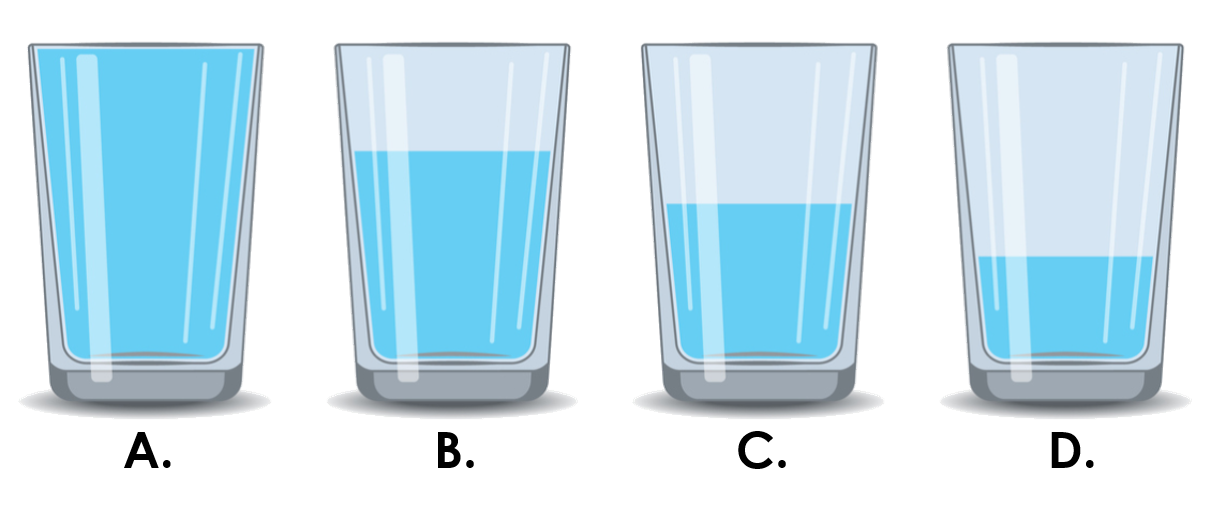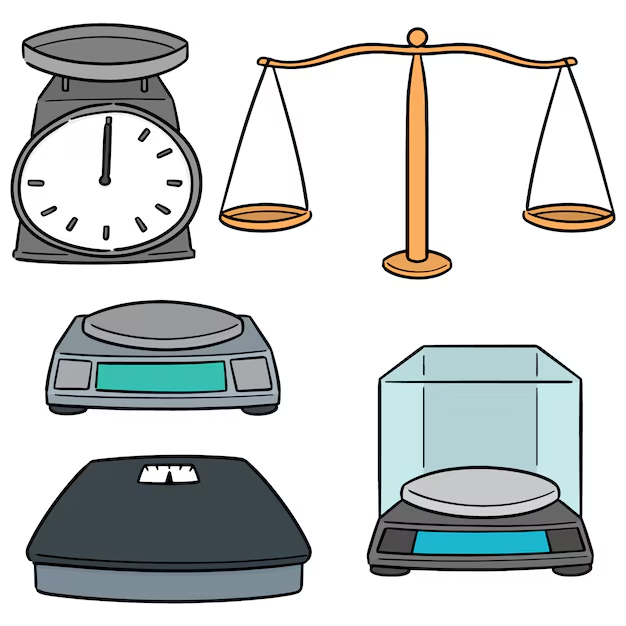Filling and Lifting – Complete Guide For Class 3 Math Chapter 11
Welcome to iPrep, your Learning Super App. Our learning resources for the chapter, Filling and Lifting in Mathematics for Class 3rd are designed to ensure that you grasp this concept with clarity and perfection. Whether studying for an upcoming exam or strengthening your concepts, our engaging animated videos, practice questions and notes offer you the best-integrated learning with interesting explanations and examples.
We will study the definition of capacity, how to measure weight, and how to compare it with various objects. We will also discuss how something feels heavy or light, and we will practice calculating these ideas through interesting examples. Let’s start with a proper understanding of the meaning of Filling And Lifting.
What Does Filling and Lifting Mean?
Filling and lifting refer to two fundamental concepts related to measuring capacity and weight. “Filling” is all about how much space or capacity a container has, specifically how much liquid or material it can hold. For instance, when you pour water into a bottle, you’re filling it to its capacity. On the other hand, “lifting” relates to how heavy or light an object feels, which is determined by its weight. As you fill a container, its weight increases, making it harder to lift. Understanding these two ideas helps us make sense of everyday activities, from filling a glass of water to carrying a heavy school bag.
What is Capacity?
As per the chapter Filling and Lifting, the amount of liquid a container can hold is stated by its capacity. It explains how much liquid—be it juice, milk, water, or any other—can fit in a certain container.
Let’s start with a small experiment. Imagine you have three containers:
- A cup

- A water bottle

- A bucket

Now, ask yourself: Which one can hold more water?
The cup will hold the least, the water bottle will hold more than the cup, but the bucket will hold the most. This is because each of these containers has a different capacity.
Important Points to Remember about Capacity:
In the chapter Filling And Lifting, there are several important points to remember about the concept of Capacity. These involve-
- Capacity is the amount a container can hold.
- Liquids like water, milk, juice, and oil are measured in terms of capacity.
- Capacity is measured in liters (L) and milliliters (ml).
- 1 liter (L) = 1000 milliliters (ml).
How to Compare Capacity
Let’s do some fun comparisons from the chapter Fillings and Liftings to understand how to compare capacity.

Example 1: You have a 1-liter water bottle and a 500-ml juice box. Which one has more capacity?
- The water bottle can hold 1 liter, which is 1000 milliliters.
- The juice box holds 500 milliliters.
Since 1000 ml is greater than 500 ml, the water bottle has more capacity than the juice box.
Example 2: Imagine we are at a picnic, and you bring along:
- A 500 ml soda can
- A 2-liter juice bottle
Which one has more capacity? Obviously, the juice bottle can hold more because it can hold 2 liters, while the soda can only hold 500 milliliters.
Activity:
Ask students to compare the capacity of their water bottles. Whose bottle can hold more water? How do you know?
Understanding Weight
Next, let’s talk about weight. Weight tells us how heavy or light an object is. Just like we measure capacity in liters and milliliters, we measure weight in grams and kilograms.
Important Points to Remember about Weight:
- Weight is the measure of how heavy or light something is.
- Weight is measured in grams (g) and kilograms (kg).
- 1 kilogram (kg) = 1000 grams (g).
Examples:
- A pencil might weigh around 10 grams.
- A bag of sugar might weigh 1 kilogram.
Comparing Weight:
When you lift different objects, some might feel light, and some might feel heavy. That’s because they have different weights.
Example 1:
- A toy car weighs 50 grams.
- A school bag weighs 3 kilograms.
The school bag is heavier than the toy car. How do we know this? Because 3 kilograms is much more than 50 grams!
Filling and Lifting – Combining Capacity and Weight
Sometimes we can combine both concepts – filling (capacity) and lifting (weight) – in real-life situations.
Example 1: Imagine you have a bucket of water. When the bucket is empty, it is light and easy to lift. But as you fill the bucket with more and more water, it becomes heavier and harder to lift. This is because water has weight, and as the bucket’s capacity fills up, its weight increases.
Example 2: You have a balloon. When it’s empty, the balloon is light and easy to hold. But when you fill it with water, it becomes heavier. Here, you are increasing both the capacity and weight of the balloon.
Real-Life Examples of Capacity and Weight
Let’s take a look at some more real-life examples shared in the chapter Filling and Lifting, where you use capacity and weight:
- At Home: When your parents measure milk to pour into a glass, they are thinking about capacity. When they lift a heavy grocery bag, they are thinking about weight.
- In the Kitchen: Measuring the ingredients for cooking is all about capacity. For example, when your mom measures oil in a measuring cup to cook, she is using capacity. Lifting a sack of rice involves measuring its weight.
- In School: Your school bag’s weight depends on how many books you carry. Carrying more books makes the bag heavier. If you carry fewer books, it becomes lighter.
Measuring Capacity and Weight in Daily Life
How to Measure Capacity:
You use different containers to measure capacity. Some containers have markings to show you how much liquid is inside. For example:
- A measuring jug in the kitchen tells you how much liquid you have added.
- A water bottle often has markings to show how many milliliters or liters it holds.

How to Measure Weight:
- We use a weighing scale to measure weight. For example, if you want to measure how heavy a bag of apples is, you can place it on a weighing scale.
- Small items like fruits can be measured in grams, while heavier items like rice or flour are measured in kilograms.

Solving Problems with Capacity and Weight
Let’s solve a few problems together to make sure we understand the Capacity and Weight Concepts from the chapter Filling And Lifting.
Problem 1:
You have two water bottles. One can hold 750 milliliters, and the other can hold 500 milliliters. How much water can you pour into both bottles combined?
Solution:
- First bottle capacity = 750 ml
- Second bottle capacity = 500 ml
Total capacity = 750 ml + 500 ml = 1250 ml.
So, both bottles together can hold 1250 milliliters of water.
Problem 2:
Riya’s school bag weighs 2 kilograms. She adds some books, and now the bag weighs 3 kilograms. How much do the books weigh?
Solution:
- The weight of the school bag before = 2 kg.
- The weight of the school bag after adding books = 3 kg.
The difference in weight = 3 kg – 2 kg = 1 kg.
So, the books weigh 1 kilogram.
Conclusion
In this chapter, we learned about two important concepts: capacity and weight. Capacity tells us how much a container can hold, and weight tells us how heavy or light something is. We also learned how to measure and compare both capacity and weight using real-life examples.
Remember, capacity is measured in liters (L) and milliliters (ml), while weight is measured in kilograms (kg) and grams (g). These concepts are not only important for math class but also for everyday life.
In conclusion, the chapter Filling and Lifting – Complete Guide for Class 3 Math Chapter 11 has provided a comprehensive understanding of capacity and weight, two fundamental concepts in mathematics and everyday life. By exploring how to measure and compare the capacity of different containers and the weight of various objects, we have gained practical knowledge applicable to daily scenarios.
Through interactive examples and activities, students can now confidently differentiate between capacity and weight, as well as understand how these measurements impact our daily actions, such as filling containers or lifting objects. The chapter Filling and Lifting – Complete Guide for Class 3 Math Chapter 11 equips students with valuable skills for both academic success and real-world problem-solving.
We hope that with the resources provided by iPrep, you have mastered the key concepts of Filling and Lifting – Complete Guide for Class 3 Math Chapter 11. Keep practicing and applying these ideas in real-life situations, and you’ll continue to excel!
Practice questions on Chapter 11 - Filling And Lifting
Get your free Chapter 11 - Filling And Lifting practice quiz of 20+ questions & detailed solutions
Practice Now









nice can we download these for school use?